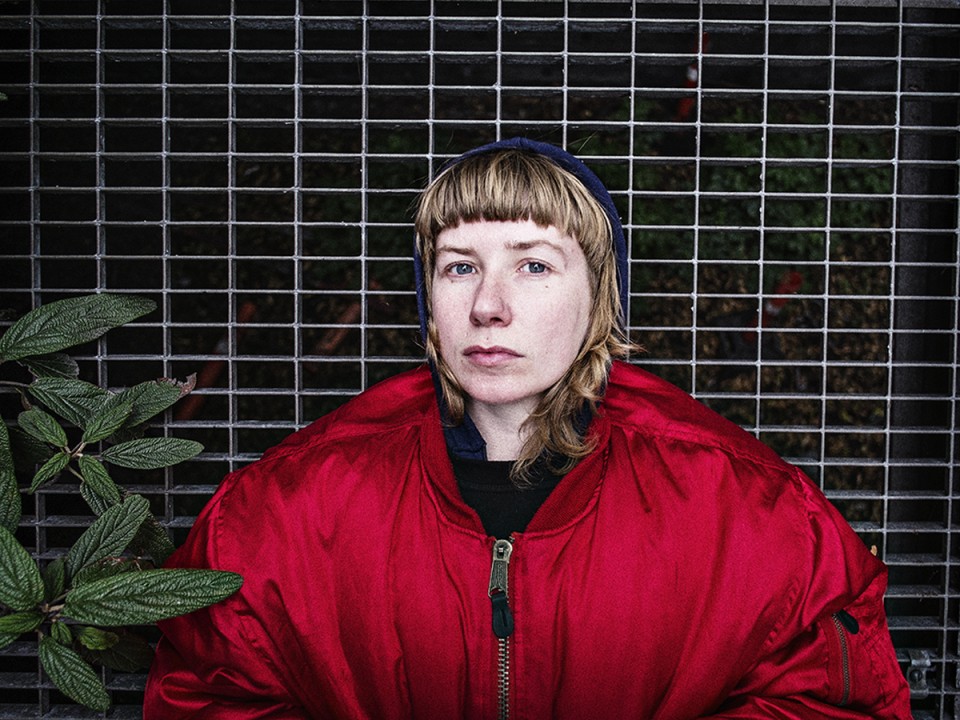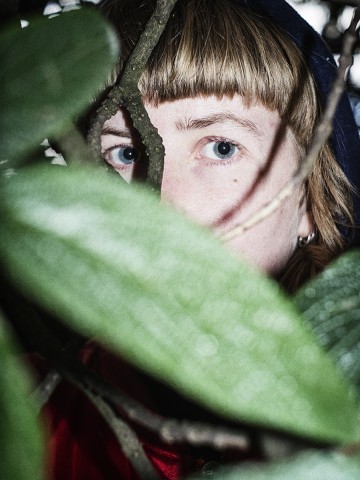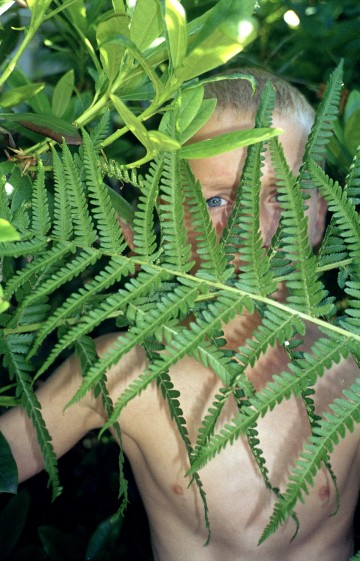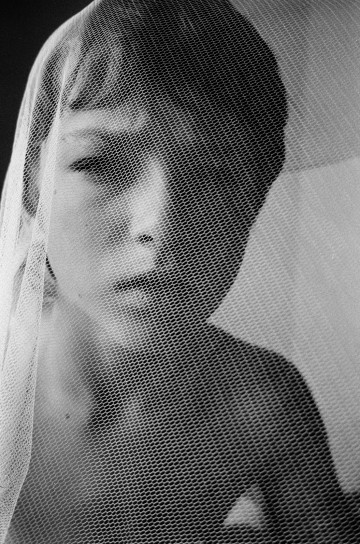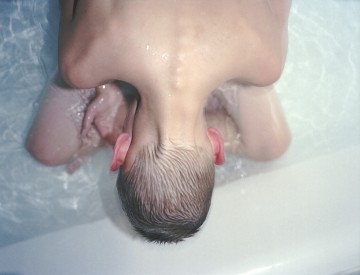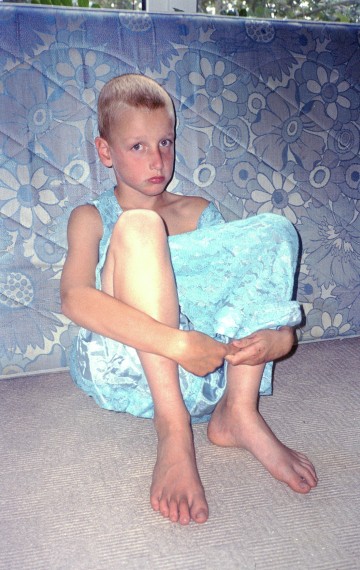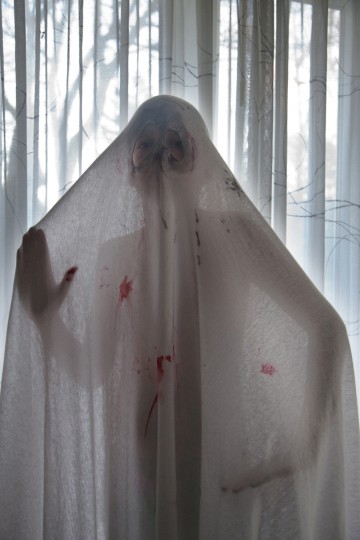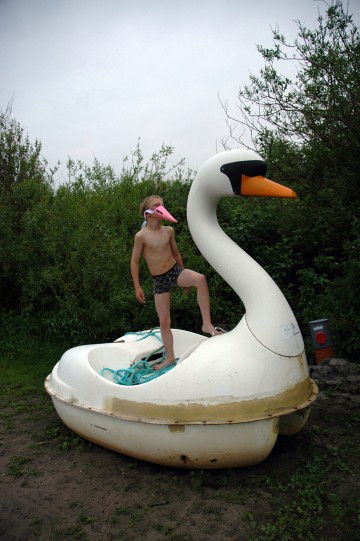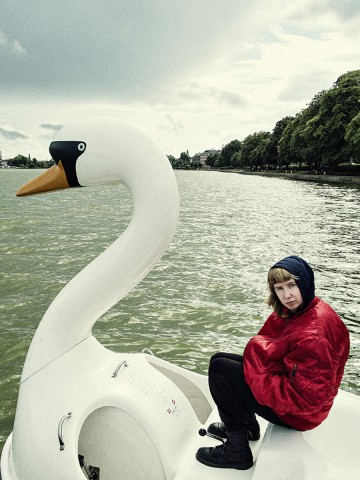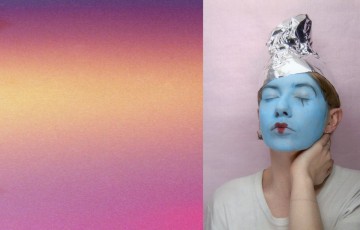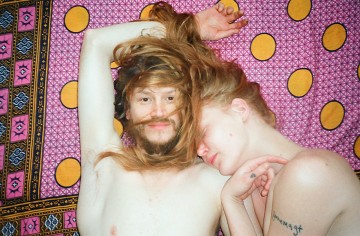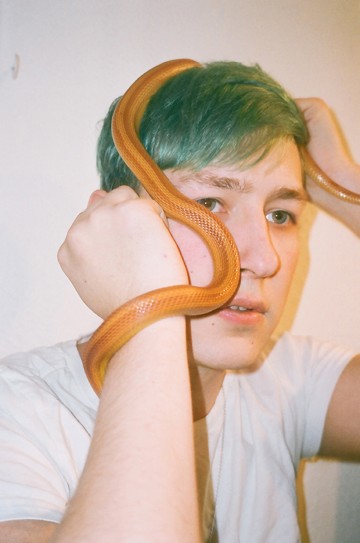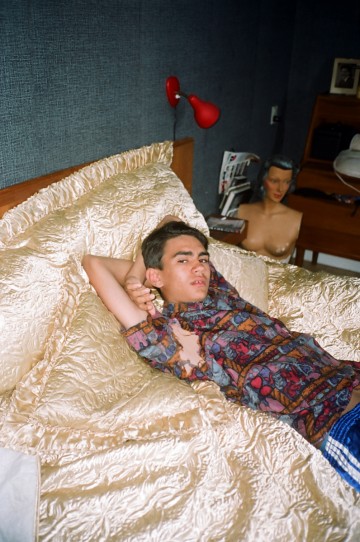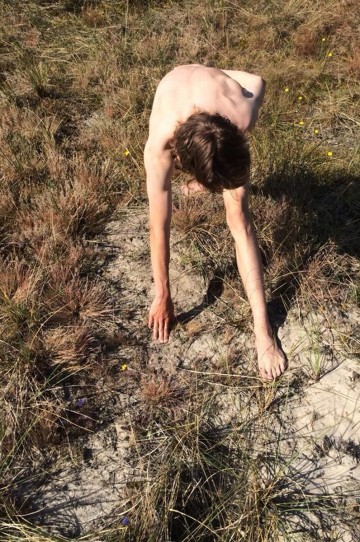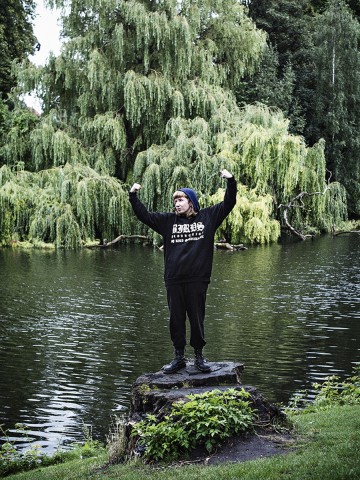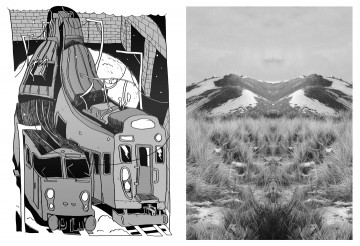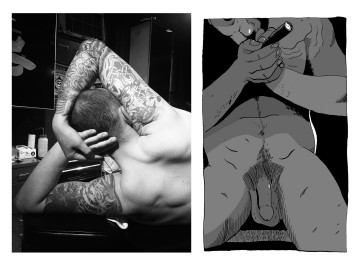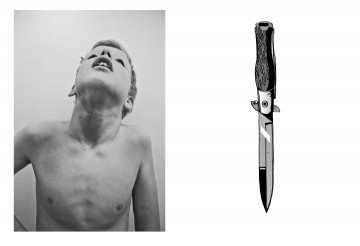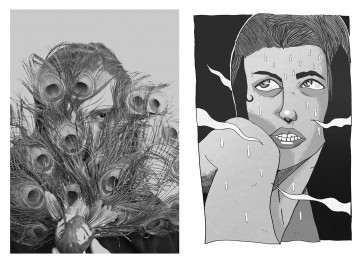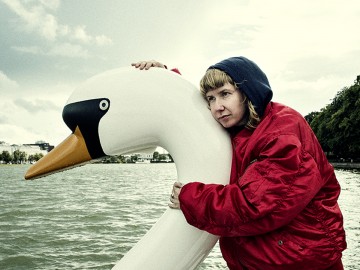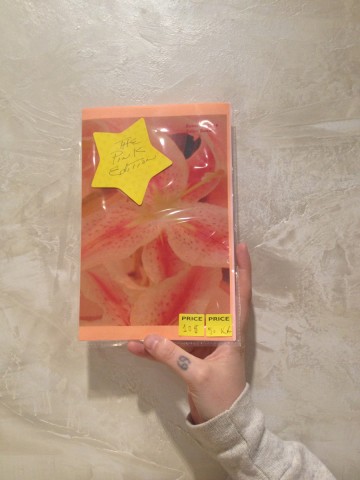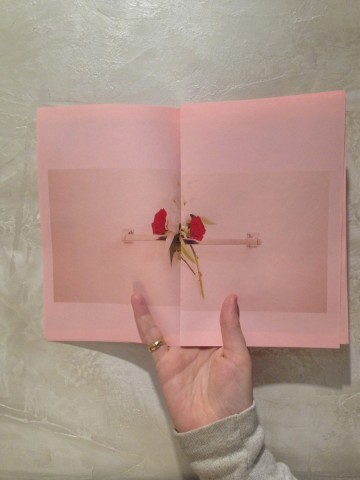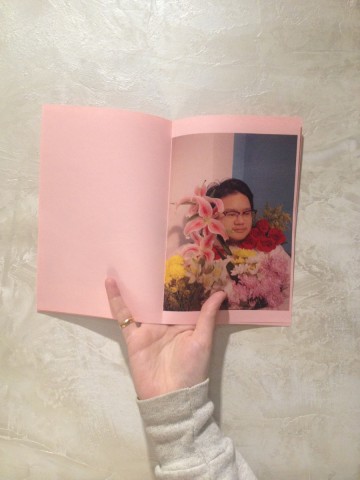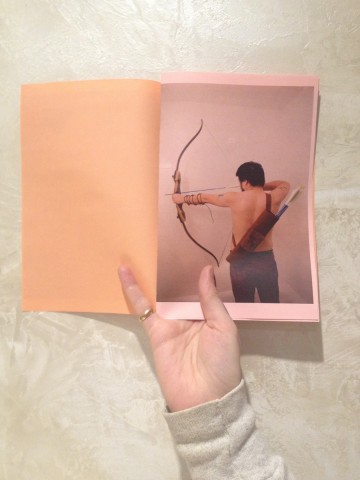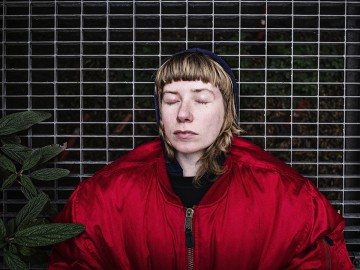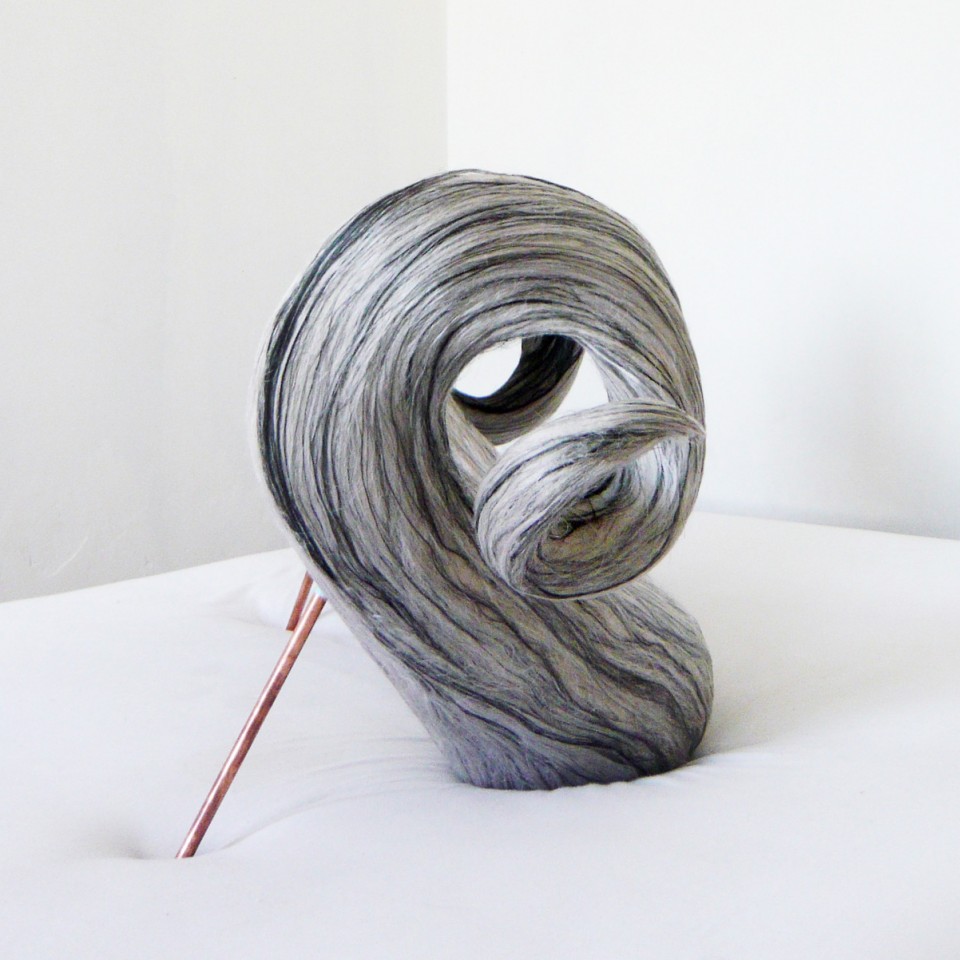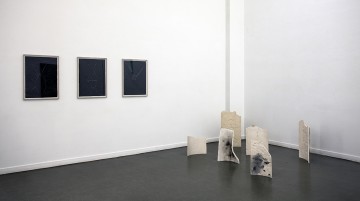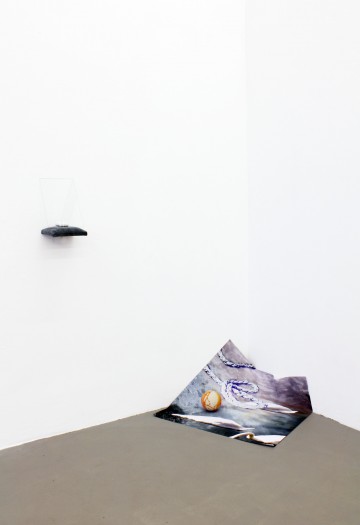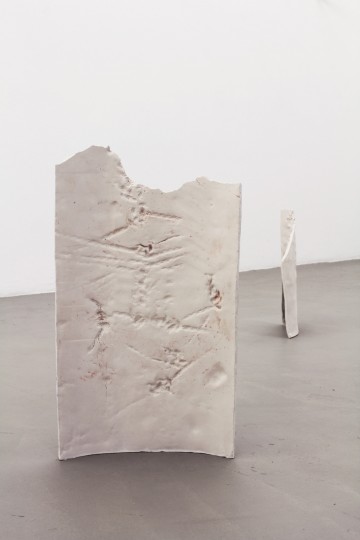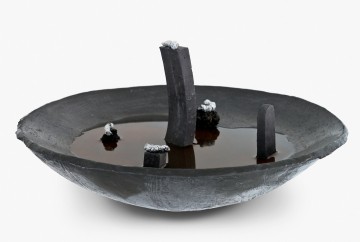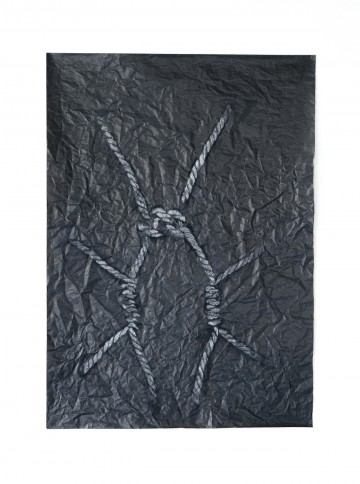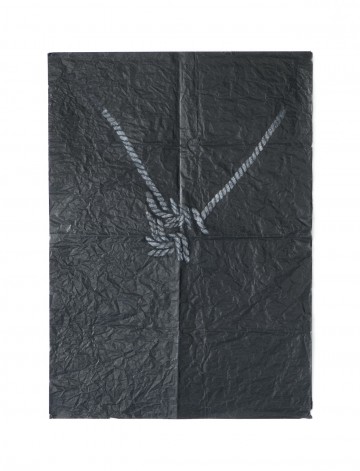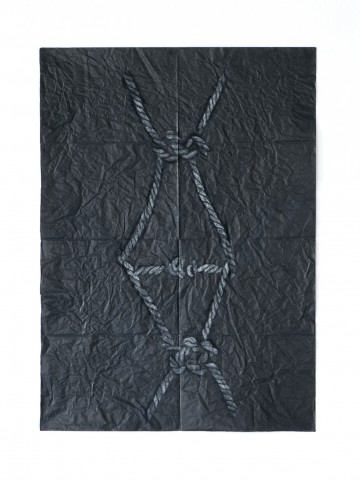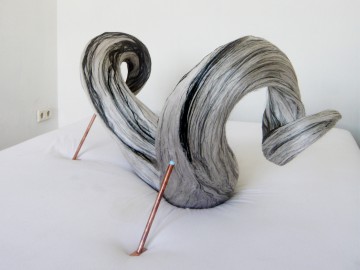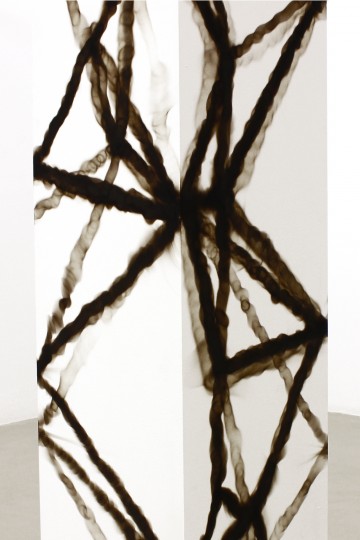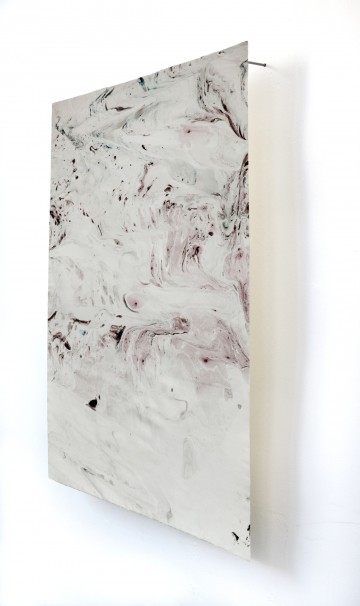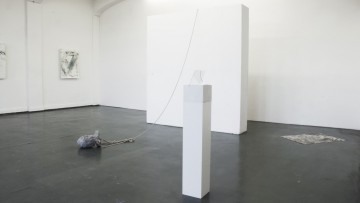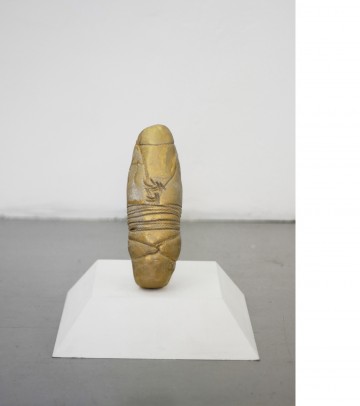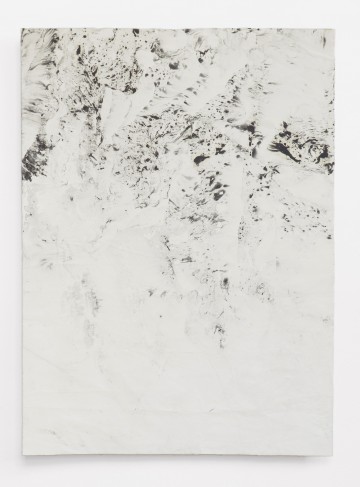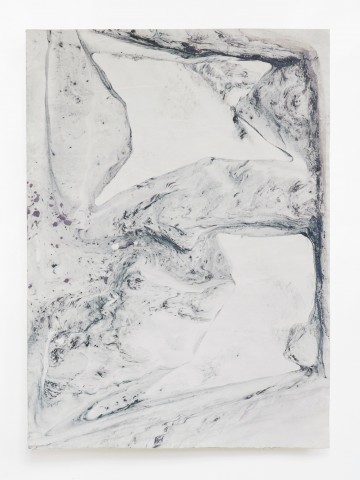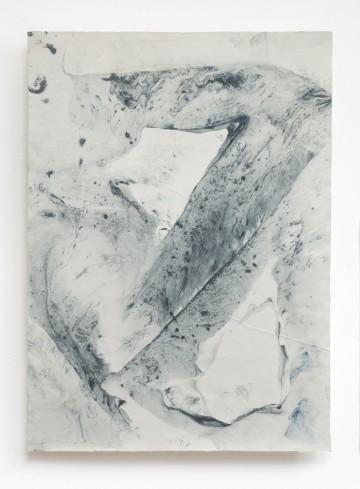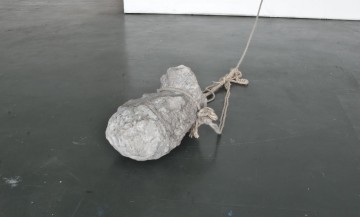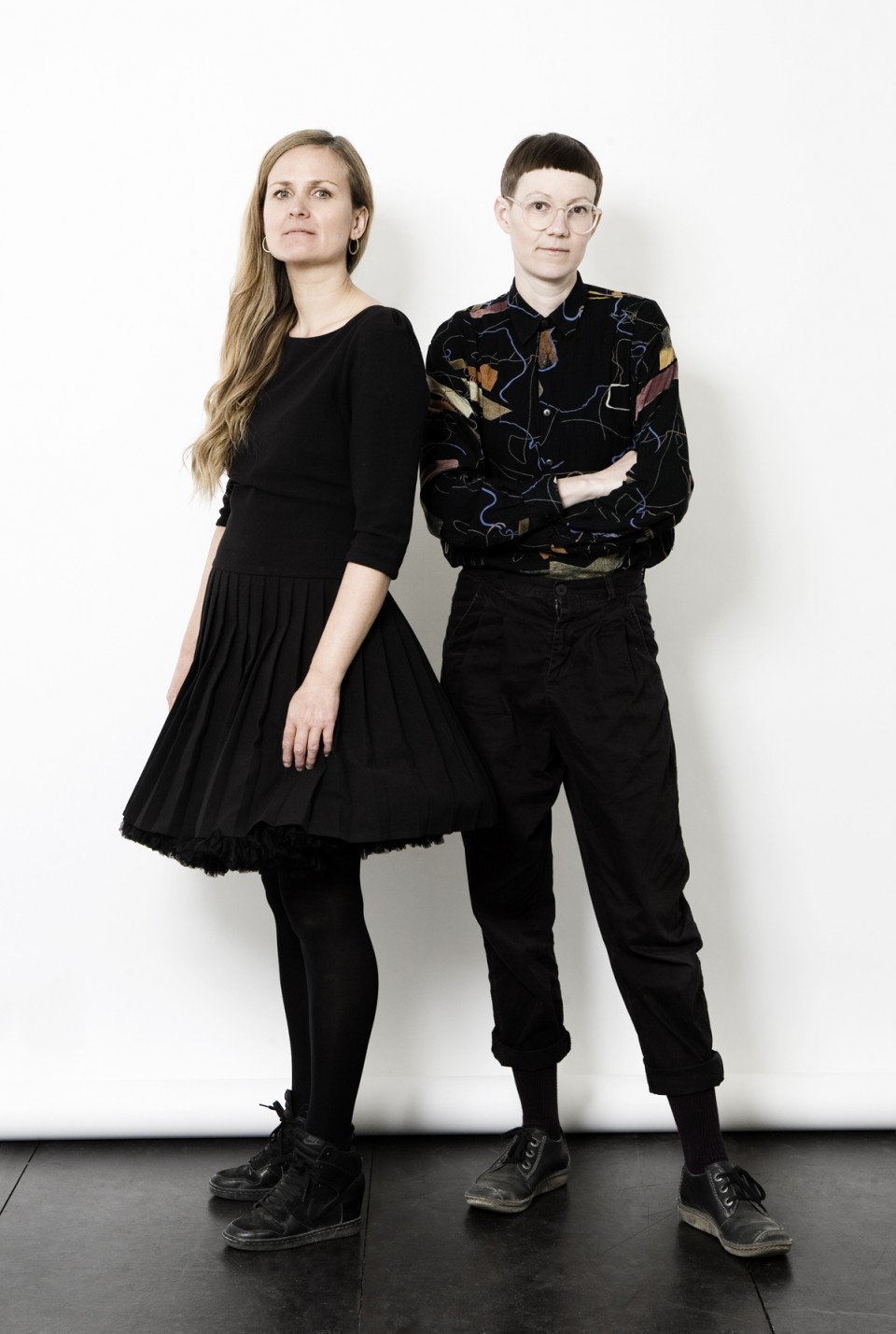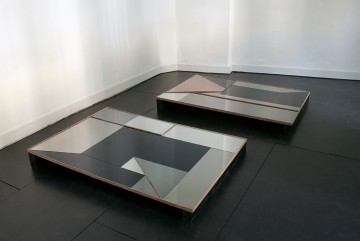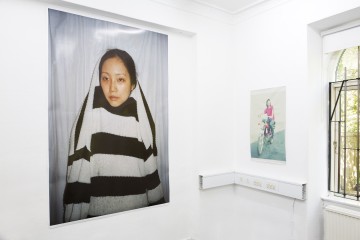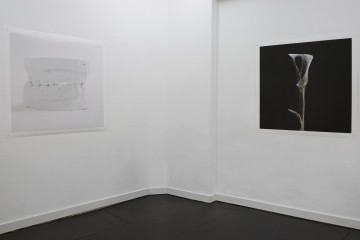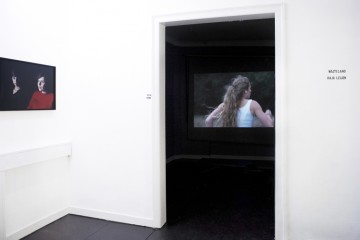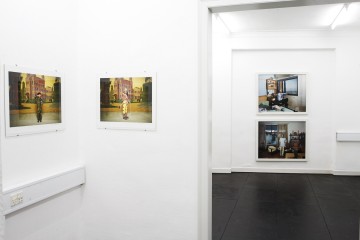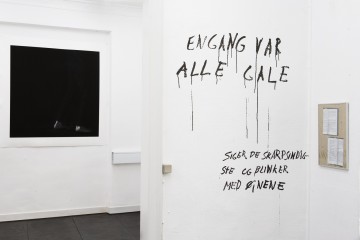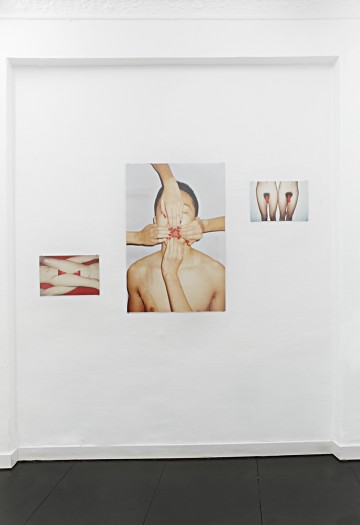All works courtesy of Fryd Frydendahl, for more work and individual titles please check out her wesite here
PHOTOGRAPHER FRYD FRYDENDAHL b. 1985 grew up on an isthmus at the west coast of Denmark – an area of sand, ocean and marsh – but moved to Copenhagen at a young age. Fryd’s images are deeply rooted in her personal history and relations, so we invited her on a hunt for water and wild nature in the urban landscape of Copenhagen.
FRYDENDAHL: “If I have to make a portrait of people, I don’t understand, it becomes so obvious that I’m not connected, and then the whole thing just becomes irrelevant.
My work is so deeply personal”.
F: “Because of the camera there is a distance between the photographer and the world they depict, and I think that distance creates a space for heightened self-awareness –
I can’t seem to separate the pictures I take, and the characters I create, from the person I am.”
F: “Personality is as big a part of the piece as the camera is.
The subjects don’t have to be people I know, but I have to have an understanding of who they are. I have to understand ‘how they work’.”
F: “When asked to describe my photography, I say that I photograph reality with an added layer of imagination.
I hate the word ‘snap-shot’, it is a devaluation of photography; I do ‘point and shoots’, but there’s a structure behind it.
I adore structure.
Forcing a specific structure upon your work just bares better results; I feel that good structure gives me the ability to navigate within the playful forces of the project.”
F: “When you’ve been taking pictures as long as I have things change: play is not the first element of the process anymore rather play enters as a ‘playing with structure’.”
F: “In photography you ‘objectify’ stuff that aren’t really objects and you dismantle things that cant be taken apart.”
F: “I work a lot in zines (small self-made magazines red.) and there the main concern is composition of narrative: you can eliminate the implicit affiliation of a series of photographs by changing the sequence, color, title.”
F: “I mean, people can be completely knocked over by five pages if they are put together in the right way – and that’s amazingly beautiful.”
F: “I’m of the opinion that the dirty laundry is more interesting than the clean –
it’s devastating to hear people hold themselves back on the grounds that their idea ‘has been done before’ – if you think like that you remain in the structure, the mere form.”
F: “No moment has ever existed before – it is never the same light.”

